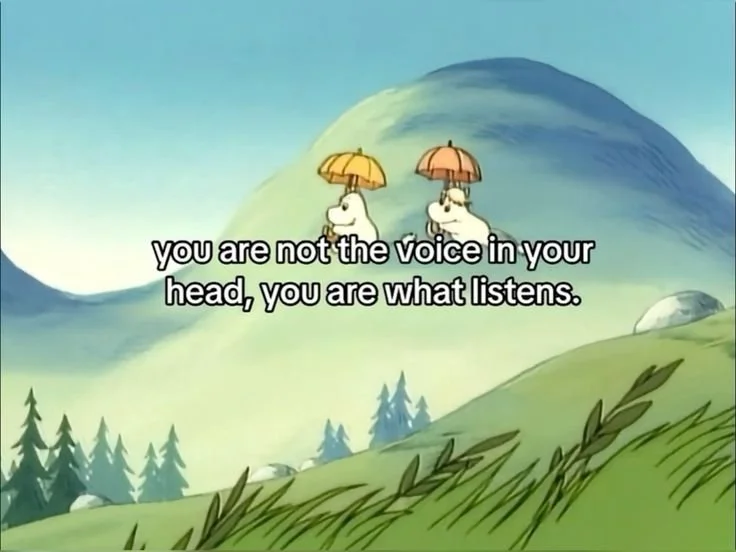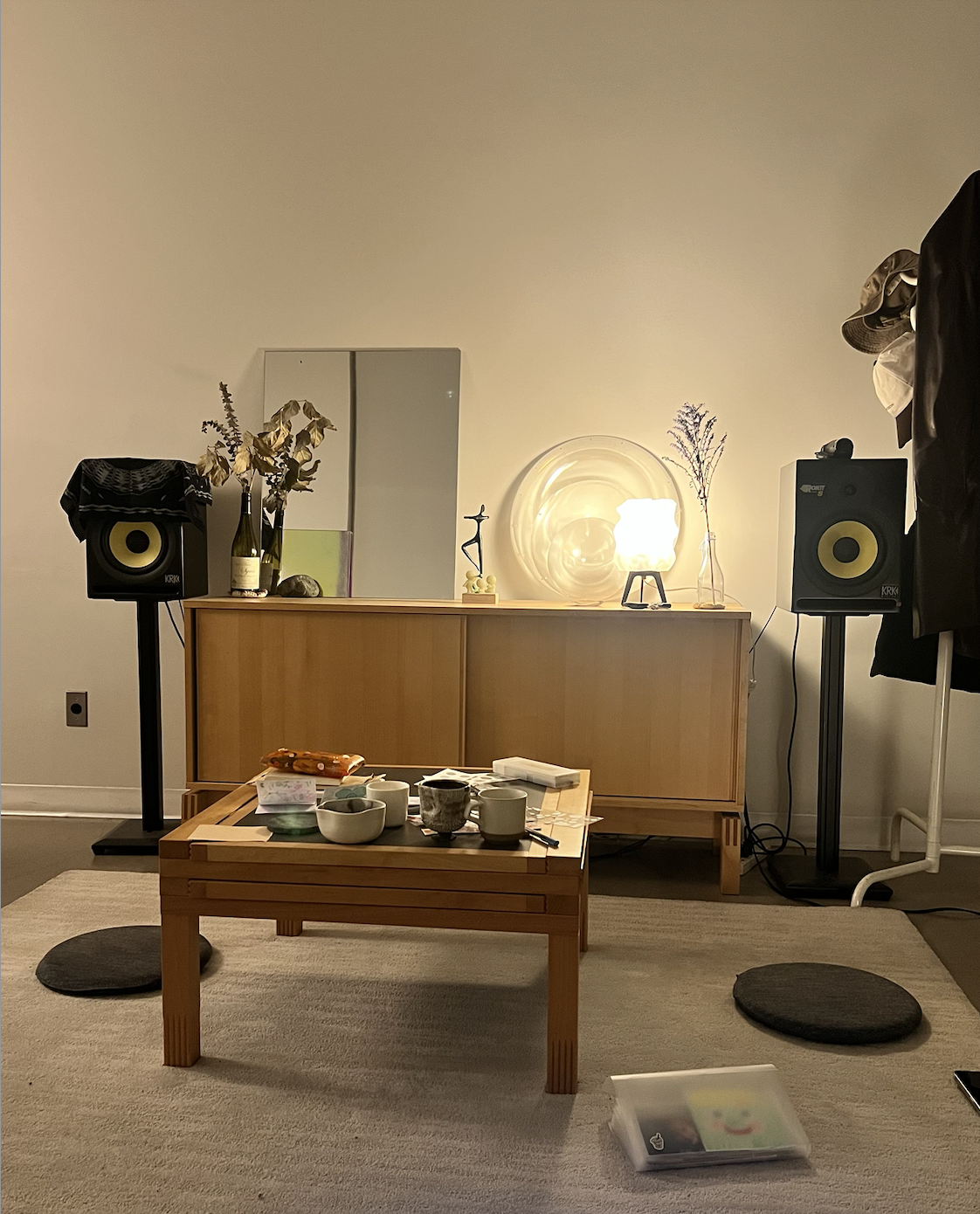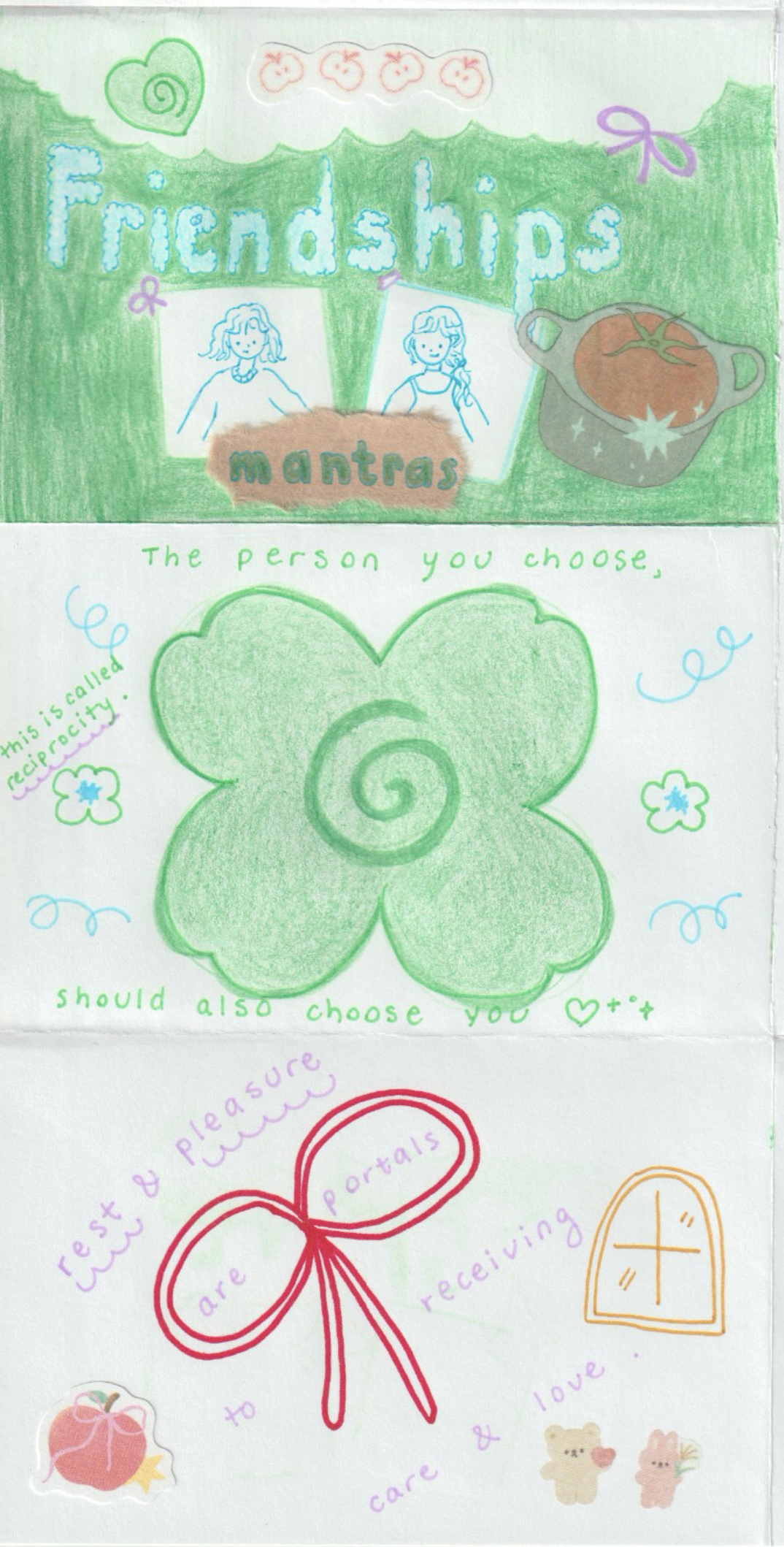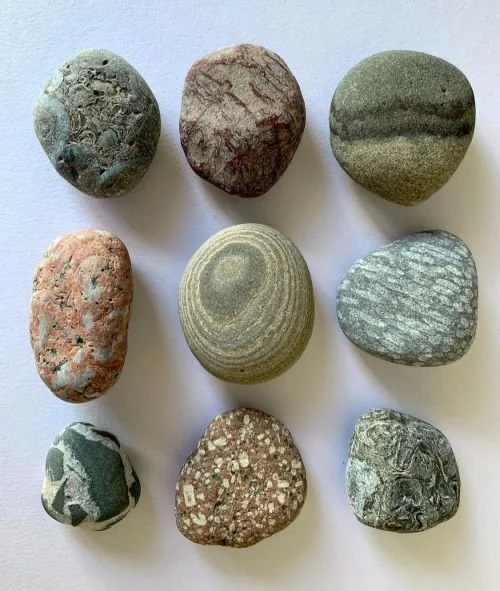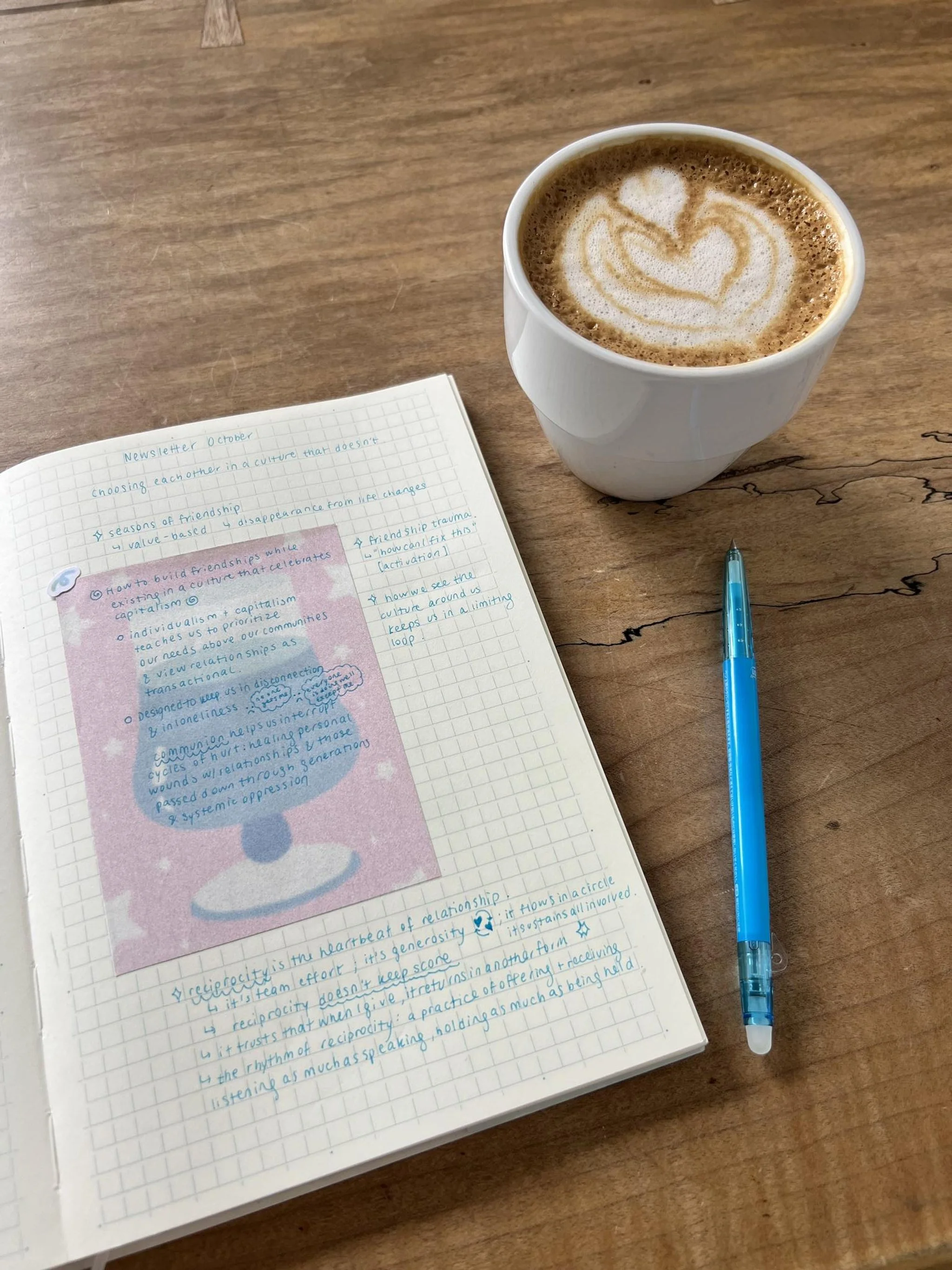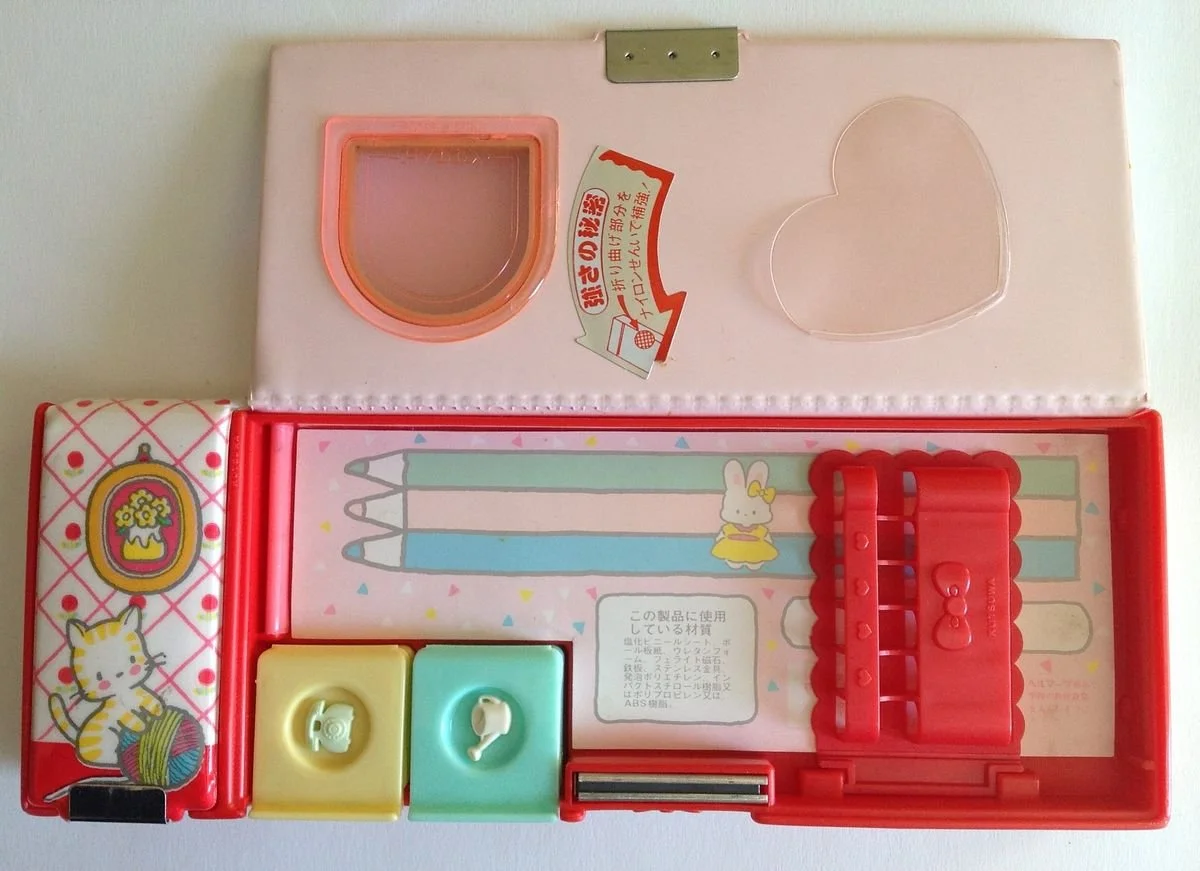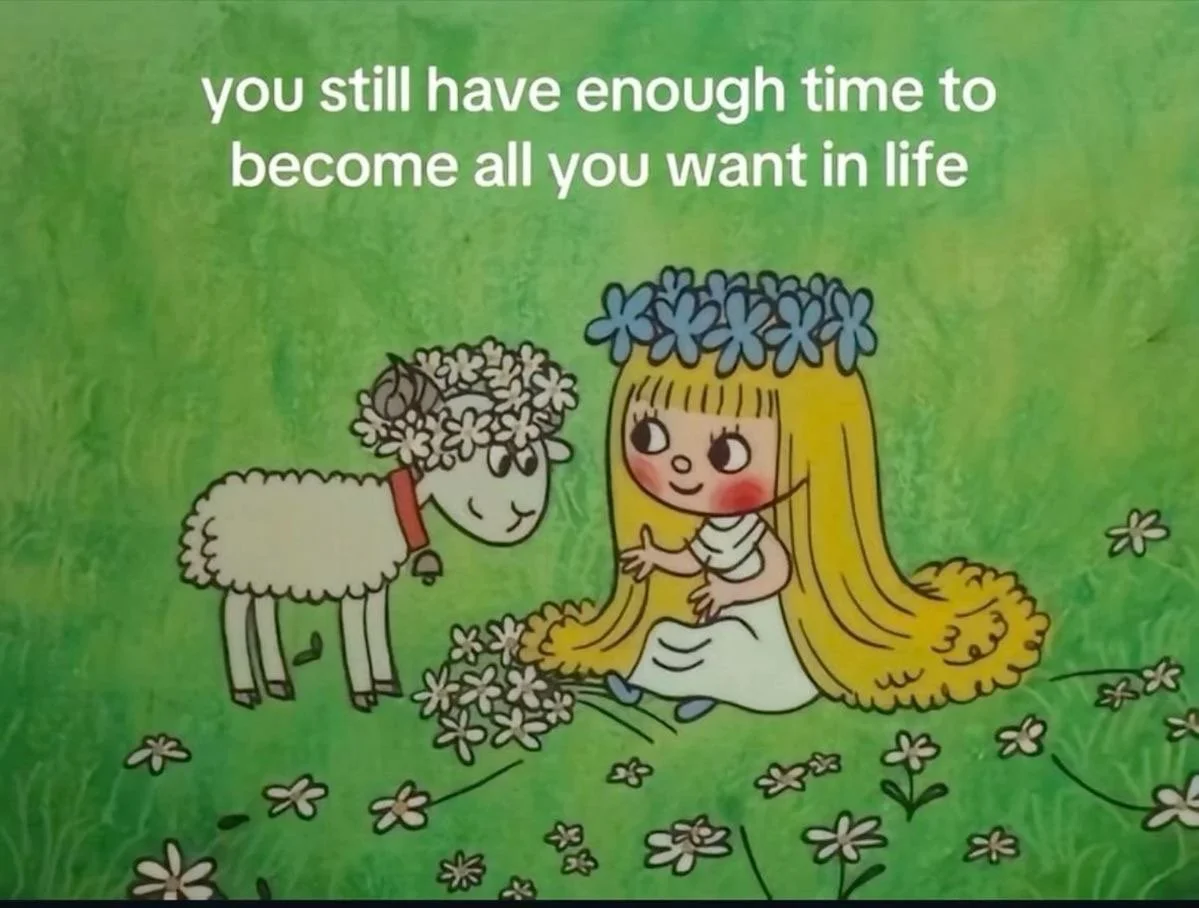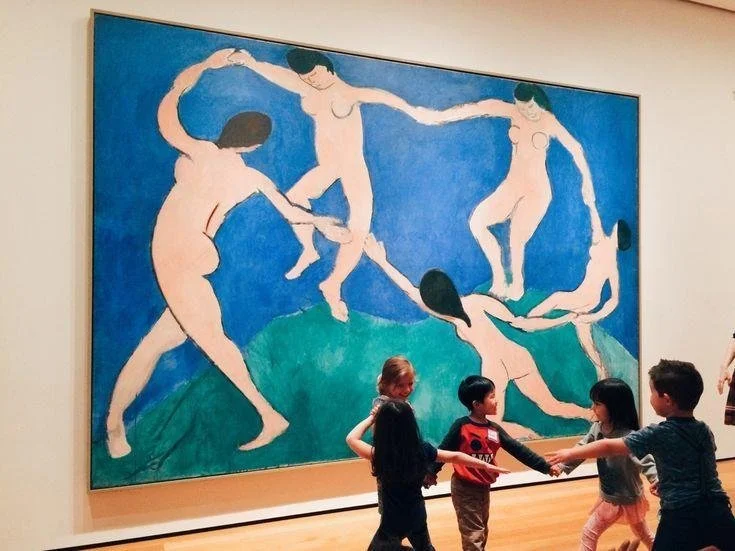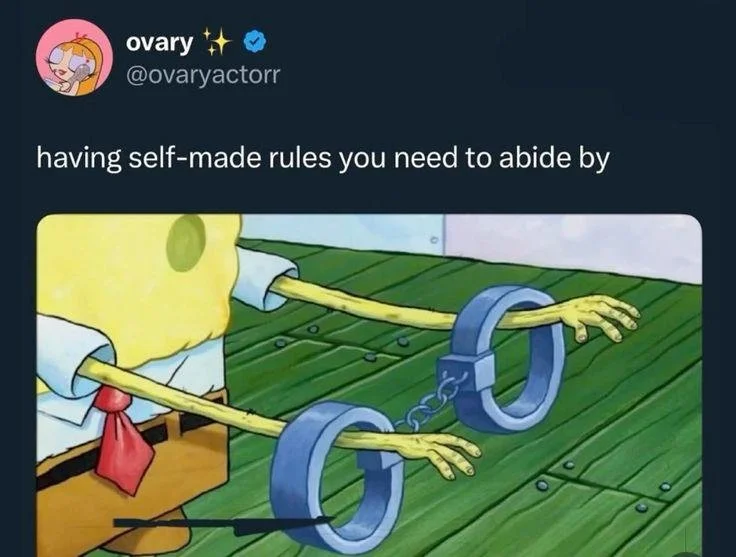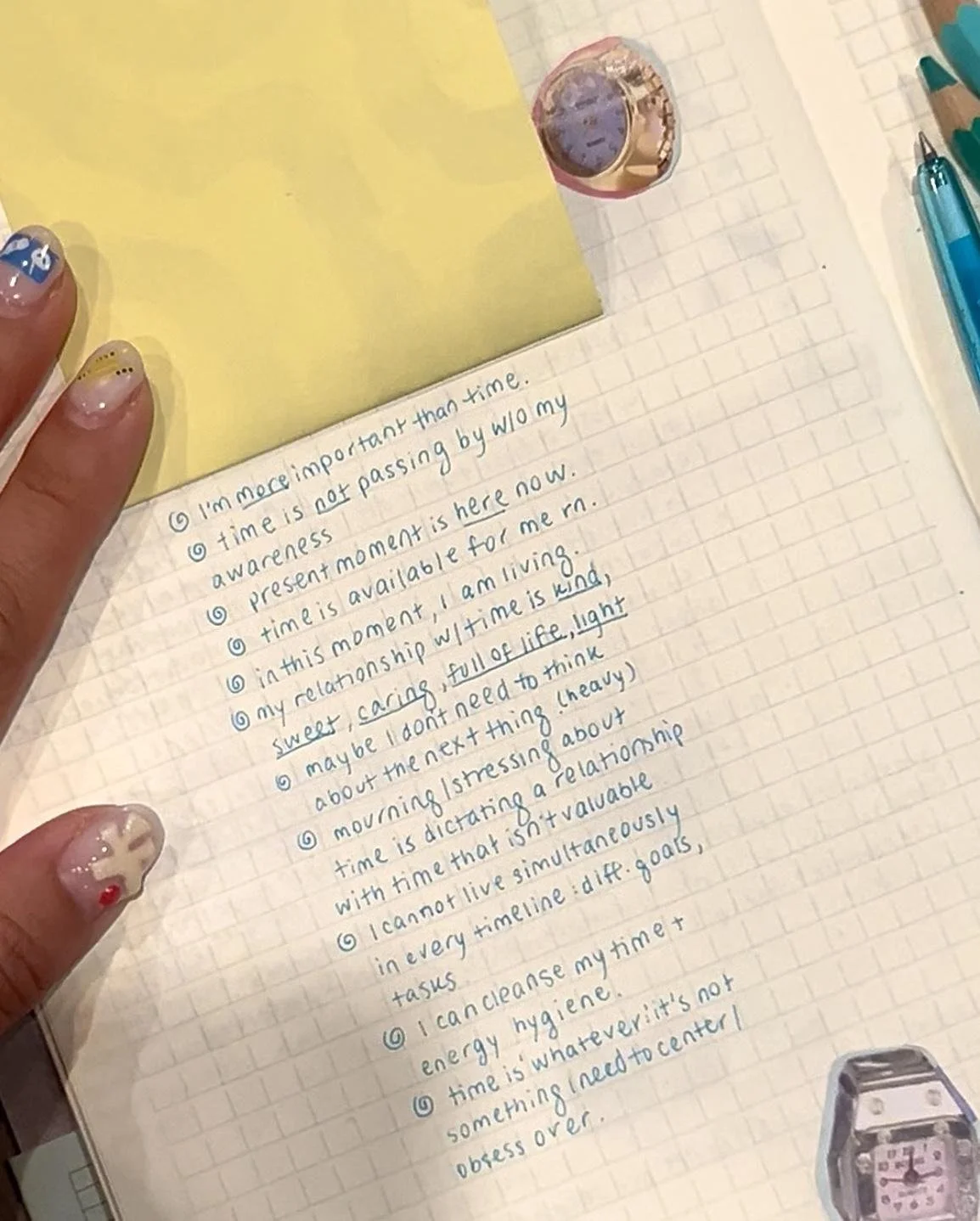Does this sound familiar? If you live with anxiety or OCD, you probably know that feeling of needing someone to tell you everything’s okay. You ask, they answer, you feel a little calmer… and then, a few moments later, the doubt washes back up.
The difference between reassurance, validation, and understanding it can be a real game-changer for managing anxiety episodes and symptoms of OCD.
Many clients with symptoms of OCD come to therapy thinking they need validation or only work on reframing thoughts, but what they’re really doing is seeking reassurance which brings them in another OCD spiral.
While reassurance can feel comforting in the moment, it often keeps us stuck in the anxiety loop, reinforcing anxious thoughts over time.
Validation vs. Reassurance: what’s the difference?
Validation
Your feelings are seen and understood.
Example: “Yeah, that makes sense. I get why this is scary.”
Important: Validation doesn’t mean you have to do what your anxiety or trauma urges you to do.
Reassurance Seeking
One of the big five behaviours that keep anxiety stuck:
Avoidance
Reassurance seeking
Distraction
Substance use
Compulsions
These behaviours give short-term relief, but in the long run, they strengthen anxiety and reinforce OCD patterns.
Satisfy OCD or walk away?
When OCD symptoms hit, you have a choice: feed the compulsions… or step away.
Walking away is a practice from Exposure and Response Prevention (ERP) which is a highly effective OCD treatment. ERP helps you face anxiety without giving in to compulsions, allowing your nervous system to gradually learn that fear isn’t permanent.
Habituation: learning to let fear pass
Resisting compulsions helps your brain and body learn that fear is temporary. Think of it like watching a scary movie scene over and over. It gets less intense with time. Anxiety and OCD works the same way.
Quick experiment: stare at your ceiling for 10 seconds and wish it would fall on you. It won’t. Thoughts don’t make things happen — even when OCD tells you they might.
Ways to walk away from OCD compulsions:
Pause before acting: First step is awareness by calling out OCD and Anxiety. Take a moment to slow down.
Practice duality and be gentle: “I notice the urge to do familiar compulsion. It’s okay to do this hard thing and feel anxious while doing it.”
It’s all about Exposure and Response: Gradually face triggers or fears without performing your usual compulsion. Start small and work your way up. Please work with a trained therapist on ERP (Exposure Response Prevention) as an approach before trying it on your own.
Stay present whenever you can: Practice mindfulness and grounding by observing intrusive thoughts without judgment.
Engage with intention: Focus on meaningful activities — not to escape anxiety, but to reconnect with life and the present moment.
Remember it’s about practice. Just because you succeeded once doesn’t mean it will go away forever. Seeing yourself doing the compulsion again is part of healing.
Tip: Need a therapist who understands anxiety and OCD and can guide you through the spiral? Check out our therapist directory to find support.
The core of obsession and compulsion
The heart of OCD and anxiety work is learning to build up tolerance of emotional discomfort now so you can feel calm later.
Reassurance might feel good temporarily, but validation, patience, and practice are what truly help anxiety lose its grip.
Therapy Options That Help
Exposure and Response Prevention (ERP): which is a branch of Cognitive Behavioural Therapy (CBT).
Eye Movement Desensitization and Reprocessing (EMDR): Useful when past experiences or trauma contribute to anxiety or OCD patterns. EMDR helps process distressing memories so they no longer fuel compulsions.


